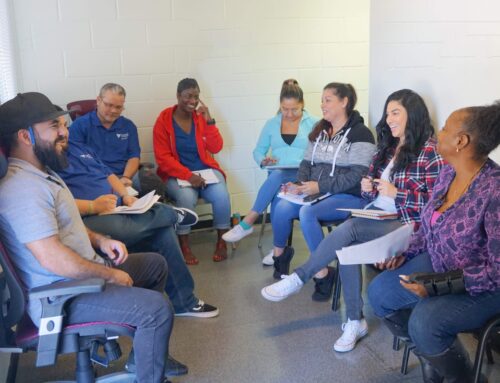Most parents are struggling to school their kids at home. Who can blame them? Homeschooling during COVID has been a challenge for almost all parents and we want to assure you that you are not alone.
Between navigating the challenges of social distancing, remote working, and now taking on the role of an at-home teacher, there are plenty of reasons to feel overwhelmed.
If that sounds like you, we have some good news for you. People have been homeschooling for ages, and with the help of a few solid tips, you too can join this group and give your little ones the resources they need to thrive.
Keep reading to find out how.
1. Take It Easy
Ok, honestly seems easier said than done, but hear us out. Let’s start by setting the right mindset. We know many of you are struggling to embrace this newfound role of an educator. Your mind’s probably telling you that you’re not a teacher and you’re not meant to be one.
Here’s why that’s wrong. You’ve been an invaluable model in your children’s lives since the day they were born. From walking and biking to reading and talking, you’ve played the most important role in their learning.
So don’t let your mind discourage you because you’ve already been teaching your kids for years now. No one’s expecting you to win the teacher of the year award. All you need is to keep the ship floating until we’re out of this pandemic, and if you ask us, you’re more than capable of doing that.
2. Have a Realistic Schedule
Let’s break this down into two parts. First, you need to follow a schedule if you want to see any progress in your child’s learning. That’s because routines create a sense of seriousness that you won’t be able to achieve without them.
That said, it’s also important to keep the schedule realistic based on your child’s and your own daily routines. Just because schools have a 6-hour routine of back-to-back classes doesn’t mean you have to do the same. You already have a lot on your plate, and your child will need time to transition into this new learning environment.
How you break the schedule down is entirely up to you. Just be sure to keep it light and add plenty of breaks between lessons.
The importance of breaks can’t be stressed enough here, as they make an enormous difference in your child’s thought processing and memory retention abilities.
3. Choose a Study Spot
Schools separate studying and playing areas for a reason. By having a dedicated learning space, kids find it a lot easier to shift gears and get into focus mode when it’s time for a class. 
Follow the same principle in your homeschooling adventure by dedicating a small area or two to studying only. After just a handful of classes, your child’s brain will automatically start associating the study spot as a place for learning and the rest of the house for relaxing and playing.
4. Use Positive Reinforcement
Science has shown time and time again that positive reinforcement is far more effective than punishments. Considering how tough it must be for your child to go from studying at school to home, even the tiniest of progress should be a cause for celebration — within reason, of course.
So the next time your child does well on a test or goes an entire day without making a fuss, be sure to praise them and maybe even give a little reward. Just a little can go a long way in terms of boosting their motivation.
5. Take Advantage of the Internet
The internet is brimming with outstanding teaching resources from some of the brightest minds on the planet. In fact, many companies that used to charge for these premium resources are now giving them away for free in light of the current pandemic.
Here are some excellent resources to get you started:
- CDC: A guide on explaining COVID to children
- Khan Academy: A non-profit digital platform that provides interactive resources for math and other subjects of Pre-K to 8th grade (and even beyond)
- HomeSchool: A complete library of printable resources for parents, including homeschool planners, calendars, checklists, quizzes, and worksheets.
Apart from the above, we highly recommend that you take a look at our Children & Family Resources. As a nonprofit social service organization, we believe every child has the right to quality education and all our resources reflect that belief.


